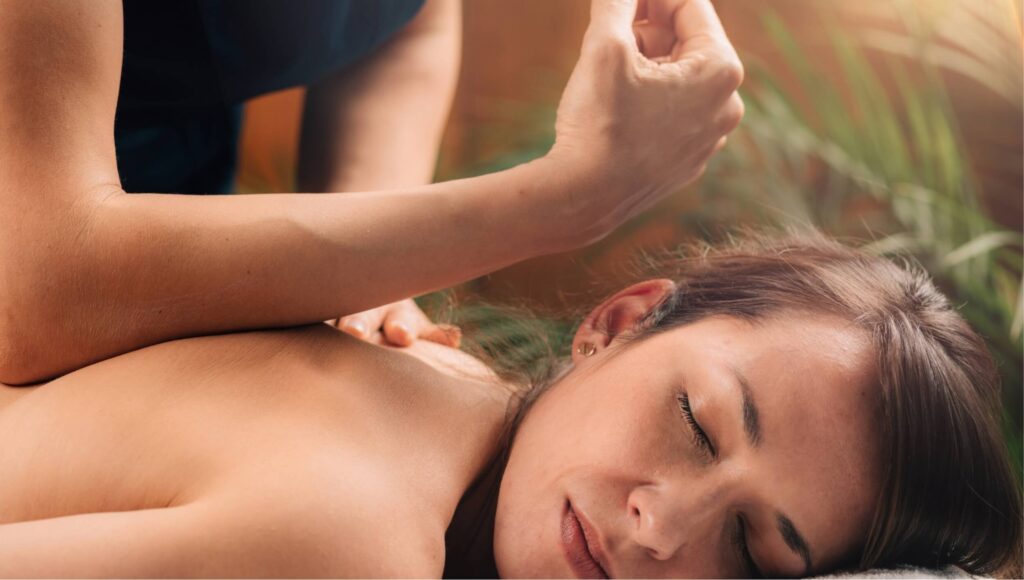Kahuna massage is an ancient therapeutic massage technique based on the teachings and practices of the Hawaiian Kahunas. In the language of native Hawaiians, the word “kahuna” is derived from “huna” which means “secret knowledge.” In other words, a Kahuna was a master practitioner of the huna arts. The massage (“lomi lomi”) was traditionally practiced in the Hawaiian Islands as one of the Kahuna healing arts and for relaxation. Kahuna massage in the West is also said to be therapeutic and extremely relaxing.
What is Kahuna Massage or Kahuna Bodywork?
As a holistic bodywork, Kahuna massage eliminates energy blockages in the body to allow life to flow freely throughout the mind, body and spirit. It involves long, flowing strokes that reconnect the individual to the core of their being and restore balance to their life.
There are two important aspects of Kahuna massage that set it apart from other types of massage therapy:
- It is very rhythmic and vigorous. The practitioner uses their hands, elbows, fingers and even their forearms as they rhythmically move around the table. The people who have experienced lomi lomi before often said that the rhythmic motions alone already have a deeply relaxing effect that is different from the muscle relaxation coming from conventional massages.
- In Kahuna massage, the practitioner’s intention and focus is of paramount importance. They are trained to be focused totally on their client with an attitude of compassion and love, which is the essence of the “aloha” spirit that is sacred to the Hawaiian people.
- The Kahuna massage is often said to be a holistic natural therapy that is designed to heal the body, mind, and spirit. Before starting the massage session, the practitioner may encourage you to talk about the physical and emotional reasons for wanting to have the treatment. By doing so, it helps them to adjust themselves to your needs before the massage starts.
The rhythmic “hula” style movements of the practitioner as they “dance” around the table are also meant to create a harmony between the practitioner and the client.






